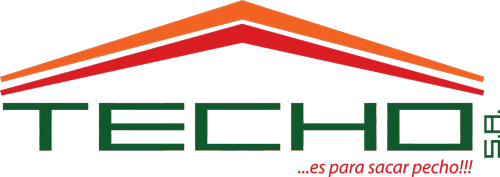Dragonfly Doji Pattern: Definition, Trading Setup, and Example
This pattern appears red because the closing price is lower than the opening price. After the market opened, sellers were able to push prices lower, but they were unable to maintain control. Although prices closed slightly below the open, the long lower shadow once again illustrates the power of the bulls to take back control, temporarily muting the downward move. Certain traders may use other technical indicators like stochastic, RSI, and volume analysis to confirm a likely price reversal. The Dragonfly Doji is a reliable sign of a trend reversal when it appears at the bottom of a downtrend. This is due to the price reaching a support level during the trading day, which suggests that the market’s sellers are no longer outnumbering the buyers.
Which Is the Best Timeframe for Simple Moving Average SMA (Backtest Analysis and a GUIDE)
- This pattern appears red because the closing price is lower than the opening price.
- This pattern forms when the open, low, and closing prices of an asset are close to each other and have a long upper shadow.
- Trailing stops are another useful tool for managing ongoing trade risks and securing profits.
For example, the occurrence of a dragonfly doji candlestick pattern alongside a spike in volume can significantly bolster the reliability of bullish reversal signals in these markets. The dragonfly doji is a one-candle neutral pattern with a bullish directional bias. On the price chart, it resembles the capital letter “T” and is said to look like a dragonfly, hence the name.
- Navigating the perpetually shifting terrain of financial markets, we regard the Dragonfly Doji as an enduring symbol in technical analysis.
- In this pattern, the market opens at a certain price, then sellers push it significantly lower.
- The formation of a Dragonfly Doji after a price gain is a warning of a potential price decline.
- Subtle yet significant, the Dragonfly Doji is a key element in technical analysis, offering deep insights into the ongoing battle of market forces and potential shifts in price trajectories.
- Enter a long position after the downtrend and vice versa to enter the short position.
- In technical analysis, candlestick patterns determine the sentiments of buyers and sellers.
Therefore, the extended lower shadow is the most crucial aspect dragonfly doji meaning of this pattern. The Dragonfly Doji pattern has a long lower shadow and no upper shadow, indicating potential buying pressure. In contrast, a Gravestone Doji has a long upper shadow with no lower shadow, often suggesting selling pressure. The Dragonfly Doji candlestick tends to appear in specific market conditions, serving as a signal for potential pivotal moments. Primarily, you’ll spot this pattern at the bottom of downtrends, where it suggests a possible reversal. It can be a sell signal, especially if it appears near a resistance level.
Application Forms
This is a positive result but lower than the average of all candlestick pattern trades, which is 0.5%. However, the best candlestick for trading is the Inverted Hammer, with a win rate of 0.97%. Trading Dragonfly Dojis is not recommended as they do not offer reliable predictive information. While the Dragonfly Doji signifies a bullish end to the trading day, this does not guarantee the next day will be positive.
Key Takeaways
Candlestick patterns like the dragonfly doji have gained incredible popularity in late years. Their colorful bodies make it easy to read how the market has behaved and to make out patterns of different kinds. This written/visual material is comprised of personal opinions and ideas and may not reflect those of the Company. The content should not be construed as containing any type of investment advice and/or a solicitation for any transactions. It does not imply an obligation to purchase investment services, nor does it guarantee or predict future performance. Ultimately, the Dragonfly Doji pattern should be seen not as a standalone signal, but as one piece of the larger technical puzzle, most effective when supported by confluence and careful analysis.

Comentarios recientes